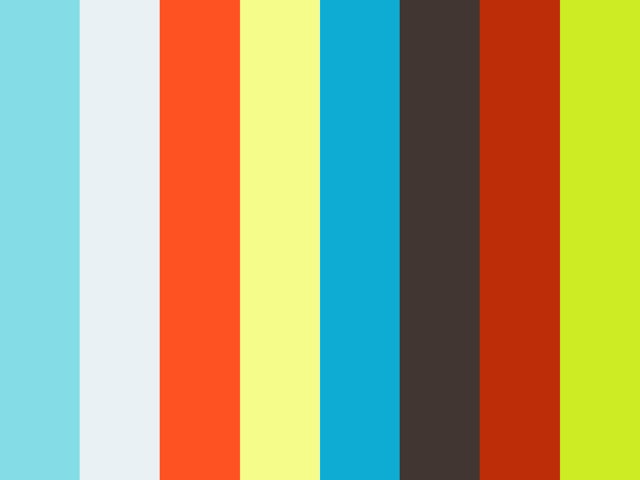
We are constantly surrounded by waves, vibrations, transmissions, traveling invisibly through and around us and carrying messages: information, 24-hour news feeds, talk shows, rock shows, data streams, conspiracy theories, sad songs, bad songs, operating systems, all of them whizzing around us. How many bummer vibes have passed through your home today, even without being picked up by a receiver?
The Radio Witch Moon Hotline is a counter-spell encoded into the radio vibrations, carrying with it messages and signals to reinforce the good vibrations inherent in the world. In this broadcast, we talk about the magic of radio itself, what makes radio different and how it works on us and the world. Will radio magic about radio magic create a feedback loop? Call in with your feedback and perhaps it already has. +1-518-302-6067.
The Radio Witch Moon Hotline was produced by Jess Speer as part of the Wave Farm Radio Artist Fellowship 2020/2021. Previous episodes can be found at wavefarm.org. Jess Speer is an artist, radio DJ, educator, librarian, and mother living in Asheville, North Carolina. As a librarian and artist, she explores questions about permanence, presence, history, mindfulness, mortality, and access to information and ideas. Speer has collected over 800 records, many of which include sound effects, field recordings, spoken word and documentary works, and mines this collection for both broadcast and live performances. By collecting records and making field recordings, she attempts to create an archive of sorts, to gather time, history and experience together. Performing with them, over broadcast and in live events, brings that history to life and shares it, while also embodying the ephemerality that’s at the heart of history, truth, nature, and human beings. She is the host of Ecstatic Listening on 103.3 WSFM-LP Asheville FM.





